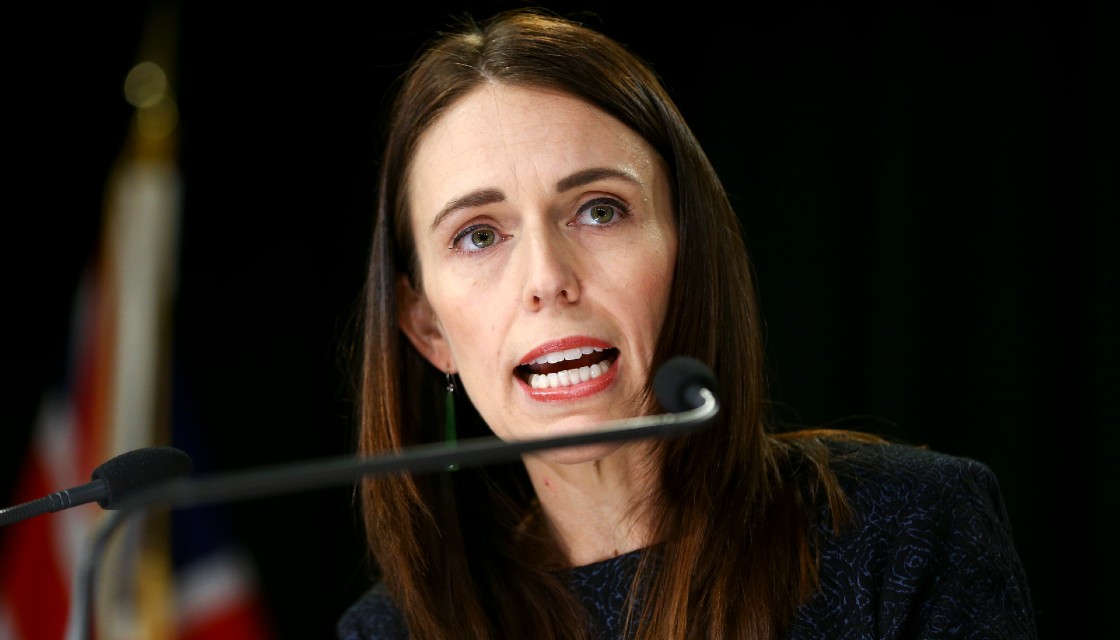웨인 브라운 오클랜드 시장은 오클랜드 트랜스포트 (AT) 와 딘 킴튼 (Dean Kimpton) 최고 경영자에 대해 비판적이었습니다.두 정상은 최근 망게르 버스 정류장에서 오클랜드 최초의 전기 이층 버스를 시승할 기회를 가졌습니다.이 행사는 두 사람 간의 관계를 평가할 수 있는 기회를 제공했다.
브라운은 AT와의 의견 불일치, 특히 지역 연료세 폐지와 그에 따른 의회 프로젝트 삭감에 대해 목소리를 높였습니다.브라운은 자신에게는 AT를 지시할 권한이 없다는 주장에도 불구하고, 자신에게 AT를 지시할 도덕적 권한이 있다고 주장합니다.그는 자신이 어떻게 일을 진행하기를 원하는지에 대한 지침을 그들에게 주었고 그들은 이를 듣고 이해했다고 말했습니다.
브라운은 또한 연료세 종료로 인해 이스턴 버스웨이의 마지막 구간과 같은 프로젝트를 중단해야 한다고 말했을 때 허세를 부린 것이 아니라고 말했습니다.그는 자신이 뉴질랜드에서 가장 많은 표를 받은 인물이기 때문에 AT가 자신의 말을 듣지 않는 것은 현명하지 않다고 생각합니다.
브라운은 시장 선거에 출마했을 때 AT 이사회의 사임을 촉구했습니다.선거가 끝난 후 교통기구 의장이 사임했습니다.이제 브라운은 AT가 소셜 라이센스를 되찾기를 원하며 승객 수가 개선되고 있다는 사실에 만족하고 있습니다.
반면 킴튼은 서로 다른 의사소통 방식에도 불구하고 시장을 신뢰한다고 말했습니다.그는 최근에 오클랜드에 관한 몇 가지 중요한 주제에 대해 논의했다고 밝혔다. 여기에는 육상 운송에 관한 정부 정책 성명, 통합 교통 계획, 지역 연료세 등이 포함된다.
AT는 오클랜드 의회로부터 작년에 3천만 달러 상당의 감원을 실시하라는 지시를 받았으며, 이로 인해 AT는 직원 해고에 600만 달러를 지출하고 150개 직무를 감축했습니다.킴튼은 이번 달 말에 AT 이사회와 자신의 역할에 대해 논의할 예정이라고 밝혔다.브라운은 킴튼이 계속 근무할 수 있도록 지원할 것인지 물었을 때 AT에게 누구를 고용해야 하는지 알려줄 권한이 없기 때문에 그건 자신의 일이 아니라고 말했다.





























































